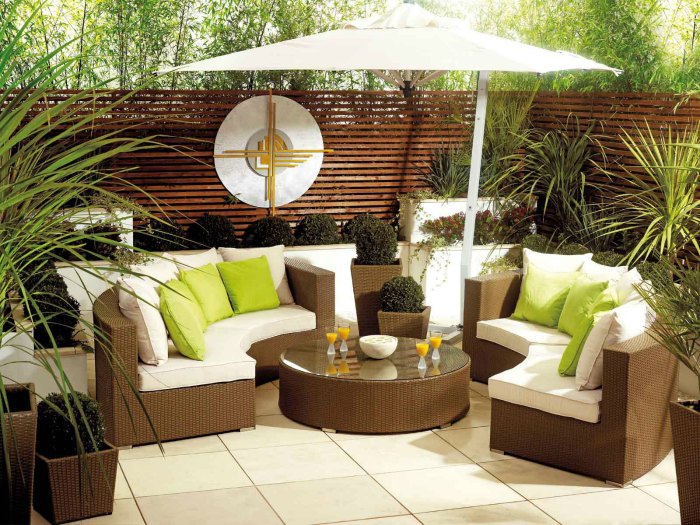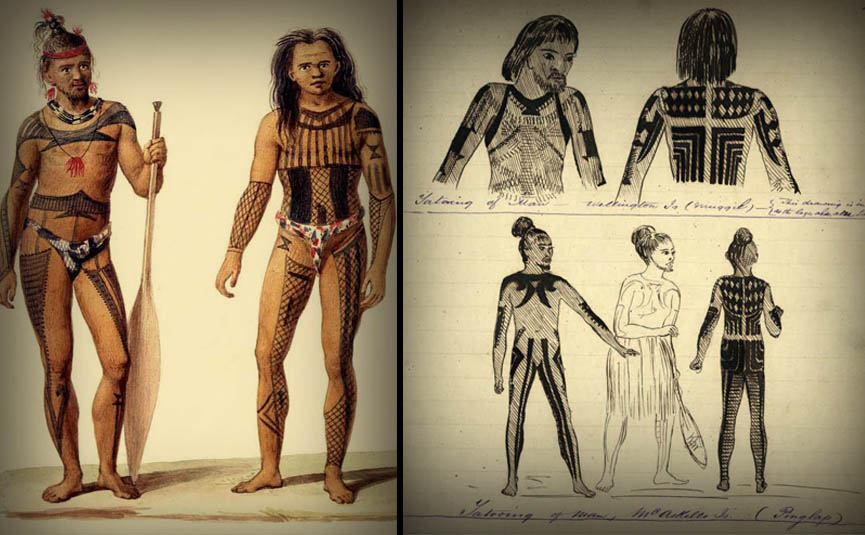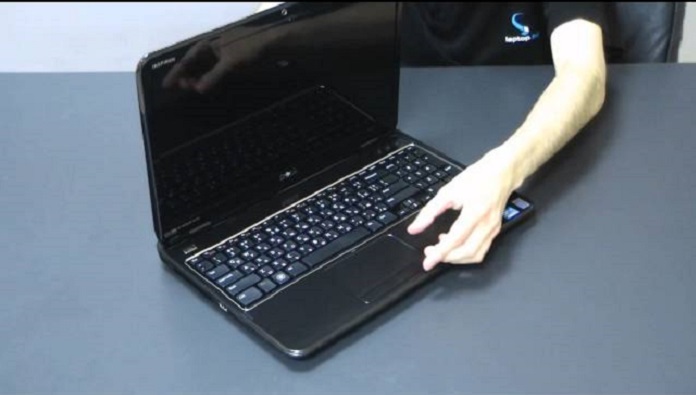Outdoor cooking differs significantly from kitchen-based cooking, the most noticeable difference being the absence of a clearly defined kitchen area. As a result, campers and hikers have accumulated a substantial body of skills and specialized equipment for preparing food in outdoor settings.
The majority of outdoor cooking is determined by the meals to be cooked. Direct heat, boiling, frying, grilling, and roasting are among the most common cooking methods used in outdoor cooking. These procedures will entail the use of simple, everyday equipment that is going to be discussed below.
Additional approaches may be of interest solely to “foodies” who take their passions outside for gourmet meals. These advanced methods may necessitate the use of additional equipment or processes.
Bring a Camp Stove and Start the Fire
A camp stove is required for heating food or boiling water while camping. On camping trips, single or dual burner camp stoves are what’s most commonly used. They’re portable, tiny, and lightweight, which is ideal if packing space is limited.

Camp stoves require fuel. Depending on the sort of stove, you’ll need a lot of fuel to start it going. Popular fuels include ethanol, butane, gasoline, kerosene, and propane. A butane or propane-fuelled stove, on the other hand, is likely to be the safest and cleanest. These fuels are available in portable, pressurized canisters that can be easily carried.
Also, depending on your cooking style you may need to start a fire. Pack a couple of camping lighters because one always seems to go missing, just keep them out of the reach of children. There are countless windproof and waterproof camping lighters on the market. They are a better option than matches that do not perform well in rainy and windy situations.
Keep Your Drinks and Food Chilled in a Camping Fridge
For those who enjoy camping or travelling in their truck or caravan, a portable camper fridge and freezer can be an excellent purchase that ensures cold drinks, well-preserved food, and frozen goodies. They can be a superior option to traditional coolers because they do not require you to refill their ice.
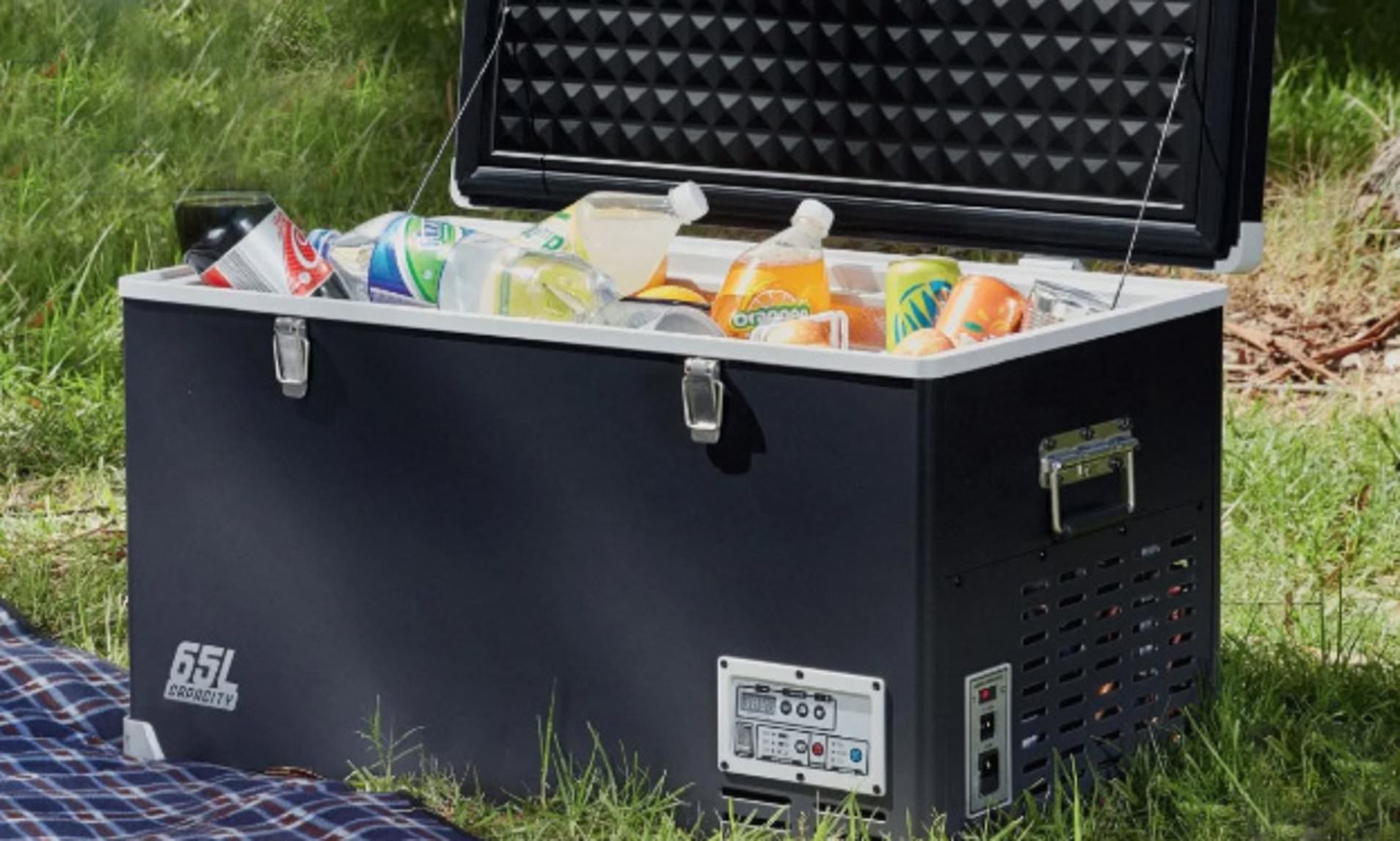
Instead, they function similarly to a home refrigerator, keeping your food and beverages refrigerated or frozen for as long as necessary. This can come in handy if you’re in the middle of nowhere or far from the nearest convenience shop with ice. A portable fridge and freezer are normally powered by your vehicle’s 12-volt electrical system, but they can be connected to mains power when it is available at the campsite.
Some models can also be powered by a solar panel system. Of course, if you don’t have fridges for camping, store perishable items, such as meat or poultry, in a well-insulated cooler with plenty of ice or ice packs to maintain the temperature below 4°C. Only keep leftovers in the cooler if there is still ice in tiny, clean covered containers.
Ensure an Enjoyable Meal and Don’t Forget to Bring:
Tableware
Rather than wasting paper plates, cups, and plastic utensils, or attempting to pack the kitchen china, invest in reusable dinnerware and stick to the ‘leave no trace’ camping code. Furthermore, reusable tableware will save you money in the long run. And don’t forget about the importance of bringing a quality camping knife!
Cookware
Most campers prefer cast iron cookware because of its durability, flexibility, heat holding, and dispersion. A cast-iron pan or Dutch oven is an excellent investment that can be used to cook meat, heat soup, and more. Alternatively, use a large stainless steel pot.
Water Container
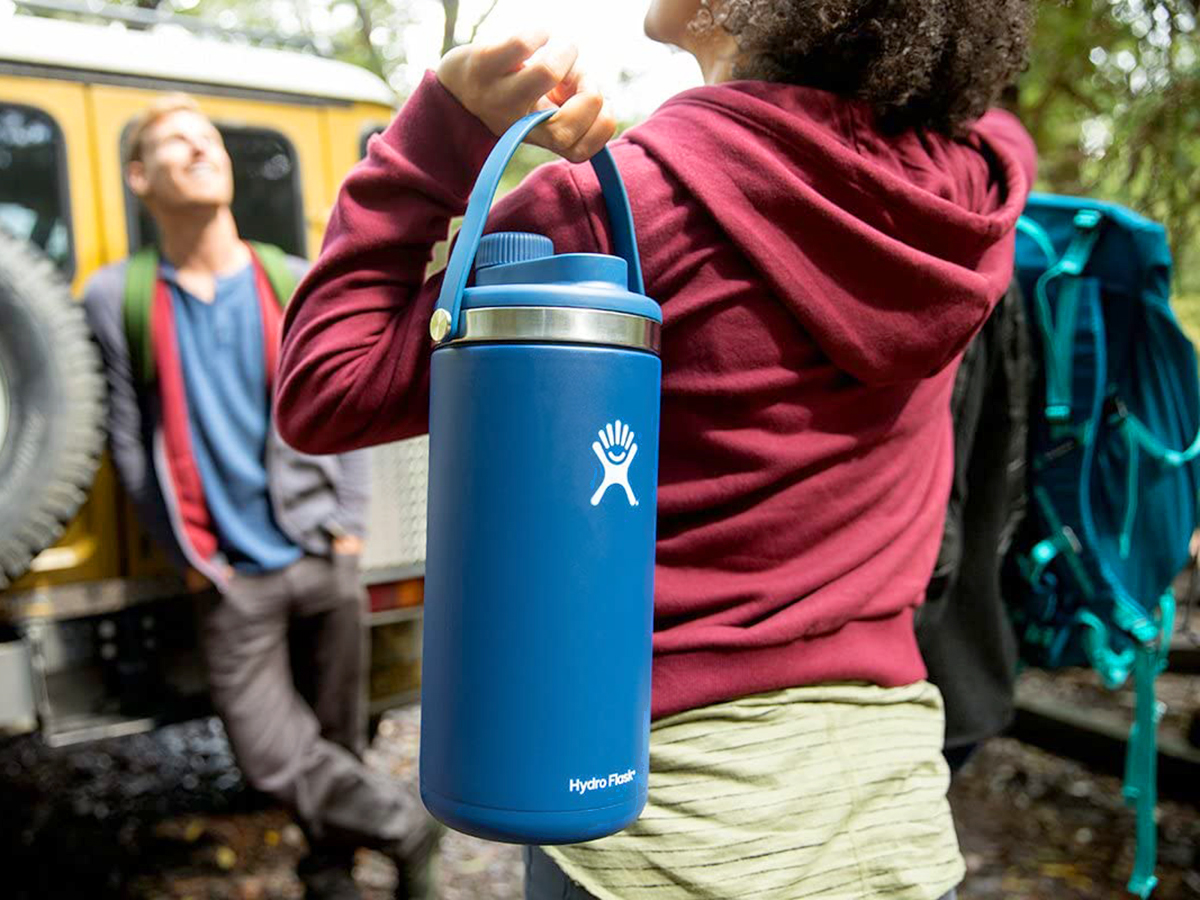
Boiling water is required to prepare camping meals that involve rice, pasta, or potatoes. Bring a portable water container to fill at your campsite’s tap and keep a supply at your campsite for your evening meals.
Kettle
When camping in the woods, you will need to boil some water at some time. A stainless-steel camping kettle is a must-have culinary equipment item for making a brew, washing up, or preparing pot noodles. And if you aren’t into cooking that much, there is always the option of bringing MRE food, a standard type of healthy pre-cooked, carefully packed, and sterilised food to be ready to eat for a long time.
Reusable Tablecloth
A tablecloth can be used for many things, including protection of your cooking equipment when it rains, or to quickly cover a damp camping table during meal times.
Garbage Bags
To keep your pitch and the campsite clean, properly dispose of food waste and non-reusable items.
Don’t Forget About Proper Food Safety Procedures
From packing to plating, always use good food safety measures. Perishable food should not be left out in hot weather (32°C or above) for more than one hour, or for more than two hours in mild weather for more than two hours. To be on the safe side, this is where your camper fridge comes in handy. Otherwise, these foods become dangerous to consume and should be discarded. Also, follow these food safety guidelines:
- Hands should be washed frequently. This applies both before and after eating. If you can’t wash your hands, a hand sanitiser with at least 60% alcohol may help reduce bacteria and germs.
- Separate raw meats from ready-to-eat items. Use the additional dishes you packed — one for raw foods and one for prepared foods.
- Cook at the correct temperatures. To ensure that cooked food has achieved a safe internal temperature, use a food thermometer.






